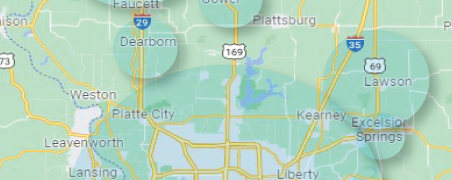Lawn Care Tip: Sprinkler Buddy

Unless you have a sprinkler system that automatically goes into the ground after it has completed its watering chores, you may be familiar with the damage that can occur to your irrigation system when performing such lawn care services such as mowing. Thanks to the ingeniousness of Leo D. Gauthier III, there is now an easy way to minimize or completely eliminate the chance of damaging your sprinkler system with the invention of the Sprinkler Buddy.
The Sprinkler Buddy was designed to help homeowners and possibly lawn care technicians be more aware of the presence of sprinkler heads by indicating their presence on the lawn. According to Gauthier, the Sprinkler Buddy promises to be able to fit any model of sprinkler head by measuring, cutting, inserting and installing the Sprinkler Buddy over the irrigation parts.
The Sprinkler Buddy gives homeowners and lawn care technicians a clear warning so anyone who performing any type of lawn maintenance will be well-aware of the product. Instead of ruining your lawn mower and your sprinkler system, possibly resulting in expensive damages, the Sprinkler Buddy provides a more cost-effective solution.
Gauthier says the Sprinkler Buddy can be installed by the homeowner, but if you want to make sure it is installed correctly, you can inquire to your lawn care company whether or not they use Sprinkler Buddy or if they can help you properly install it prior to their maintenance.
For more information, visit Gauthier’s website or contact your local lawn care professionals for more information on this innovative and helpful lawn care product!








